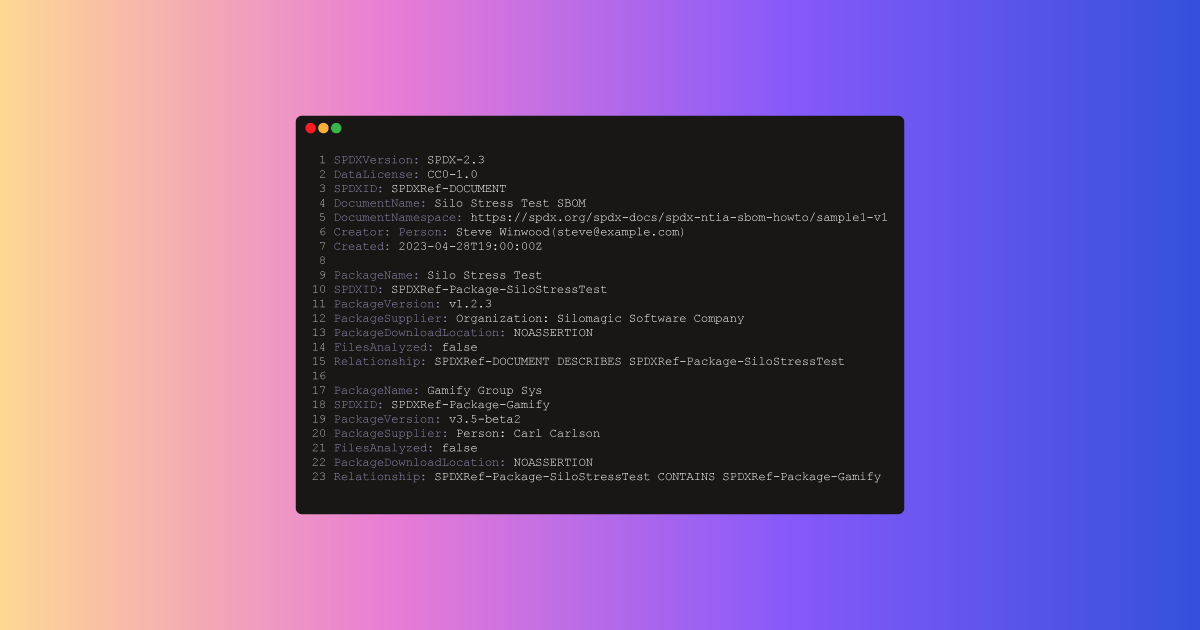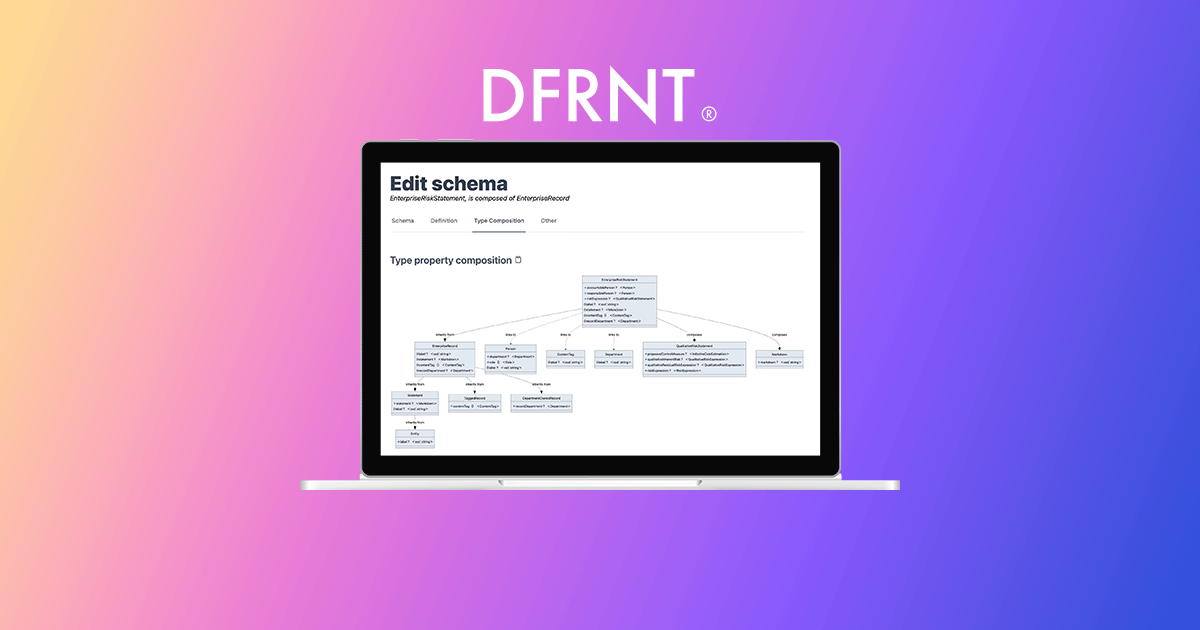Critical Asset Management Use Case
A government agent in charge of disaster recovery is planning their region’s response to a range of natural and man-made disasters in conjunction with private and public organizations.
It is imperative to accurately plan disaster resilience responses due to climate change and the rise in global average temperatures causing storms to be more violent, frequent, and devastating.
Situation
Before
The Paris Agreement’s goal is to limit global warming to well below 2°C. However, weak-willed leadership and the current trajectory of global warming mean that it is sensible for precarious islands, cities, and communities to plan for increases of between 3 and 6°C by 2060. The rise in temperatures will make extreme weather events more violent, devastating, and frequent.
Critical assets form the backbone of society, from basic amenities to economic fortunes. Critical assets are things such as sanitation, power, and clean drinking water and are crucial to saving lives. Each of these assets has a failure chain, where if one fails it impacts other assets resulting in cascading failures. Accidents, extreme weather, and terrorism can cause damage or destruction to any of these assets which can devastate society and result in the loss of life.
A government agency planning for disasters has a difficult time understanding the critical assets within their region, and the failure chains associated with them. Due to the disparate spread of data and a lack of understanding about failure chains, agents planning for, or responding to an emergency, have inadequate visibility of the whole critical asset picture which can result in inefficient recovery and in the worst case, loss of life.
After
When planning for, or facing an impending natural disaster, government agents can use a secure mobile and desktop application to find out about their region’s critical assets and the failure chains associated with them.
The application enables agents to prioritize their response to ensure the most critical assets receive appropriate levels of urgency. Managing drinking water, sanitation, arranging medical and food supplies, and fixing communications will save lives.
In the event of an unexpected disaster, such as an earthquake, the application can be used offline so that all respondents are working from the same information and know where the priorities lay.
All critical asset data and relationships are accessible from the application to enable disaster recovery personnel to make appropriate contingency plans and communicate them to the public so that order prevails in the storm of chaos.
Pain Points
With climate change increasing the frequency and violence of extreme weather events, incomplete critical asset data is the focal pain point. Partial understanding can lead to inefficient disaster resilience increasing the potential of loss of life and greatly impacting society and economic prosperity. This stems from disaster resilience agents not being fully able to:
- Identify all critical assets which could affect its disaster resilience.
- Understand the risk that each asset faces and how well placed it is to deal with that risk.
- Understand how assets are interconnected and the chained consequences that may result.
- Utilize data in a format that is usable and functional to first responders and other disaster resilience stakeholders.
How TerminusDB solved the pain points
TerminusDB helps government disaster response agents to maximize the effectiveness of disaster responses. Its features solve these specifics:
- Identify all critical assets which could affect its disaster resilience:
- Flexible schema design: Critical assets fall under various public and private organizations. TerminusDB features flexible schema design so that it can be built alongside the data discovery sessions to organically grow a complex schema that fits with the unique makeup of your region’s critical asset infrastructure.
- Build with JSON: Assets and events are stored as JSON documents enabling a wide range of data and document formats to be standardized to be programmatically used.
- Data product thinking: Put public and private organizations in charge of their own data. Utilities can securely access their own data to integrate with systems, import, or directly enter data. This applies to government departments and other private organizations.
- Document SDK: Quickly build user interfaces to capture data via user entry. The schema helps blueprint the design for rapid deployment.
- Understand the risk that each asset faces and how well placed it is to deal with that risk.
- Complex data modeling: TerminusDB is an in-memory document graph database capable of modeling complex datasets. Risk analysis includes spatial, geographic, and asset data to provide a full picture.
- Complex data modeling: TerminusDB is an in-memory document graph database capable of modeling complex datasets. Risk analysis includes spatial, geographic, and asset data to provide a full picture.
- Understand how assets are interconnected & the chained consequences that may result.
- Knowledge graph: The best way to model relationships programmatically is via a knowledge graph. TerminusDB is a graph database of interconnected JSON documents. Asset data and dependencies, together with disaster impact and severity, can be plotted in a powerful knowledge graph to identify cascading failure chains.
- Knowledge graph: The best way to model relationships programmatically is via a knowledge graph. TerminusDB is a graph database of interconnected JSON documents. Asset data and dependencies, together with disaster impact and severity, can be plotted in a powerful knowledge graph to identify cascading failure chains.
- Utilize data in a format that is usable and functional to first responders and other disaster resilience stakeholders.
- GeoJSON data storage: Store geospatial data about assets and use them to plot visual maps and show dependencies that are easy for users to understand.
- Document SDK: Quickly build mobile and desktop UIs for both data collection and visualization of critical asset failure chains to plan or respond to disasters.
- On and offline: The application enables users to create a local copy of data with synchronization when online. An important feature for when catastrophe strikes and Internet and power go down. First responders have all the data they need locally via their smartphones to act decisively.
Results with TerminusDB
Government disaster resilience agencies have a system to identify all critical assets and their resulting failure chains within their region. This facilitates:
Better disaster resilience planning and response: Understanding where priorities lie with the ability to simulate disaster impacts to ensure adequate contingency plans are in place for a rapid recovery and the protection of life.
A single source of truth for all first responders: CAMS is available on and offline and via mobile and desktop providing all first responders with a clear understanding of priorities and important measures such as shelters, power generators, and other emergency mobile assets.
Stakeholders focused on the common good: CAMS enables stakeholders to use their specific asset knowledge to improve the shared output of the system. Utilities, water supply, ports, and transport departments are all responsible for their own data and use their expertise to assist others.
The critical asset management system enables the following functionality:
- Mobile and desktop application that functions offline.
- See critical assets on a map with the ability to select an asset for its information and to show the potential failure chains in the event of a disaster.
- See critical asset information and failure chains in a list view.
- Import data from flat files such as CSVs.
Table of Contents

Manage Your SBOM with a Headless CMS
An SBOM identifies, tracks, and maintains a list of all the software components and dependencies, this article looks at how headless CMS is a good solution to manage this process.

Straight Through Processing of Insurance Claims
Using declarative logic and semantic descriptions, we build a low-code app for straight-through processing of insurance claims.

Data Modelling & Collaboration for Change Makers – Do Good With DFRNT
DFRNT is a tool for change makers to model and build data products. With advanced data modelling and graph visualisation, data architects can tackle complex problems.